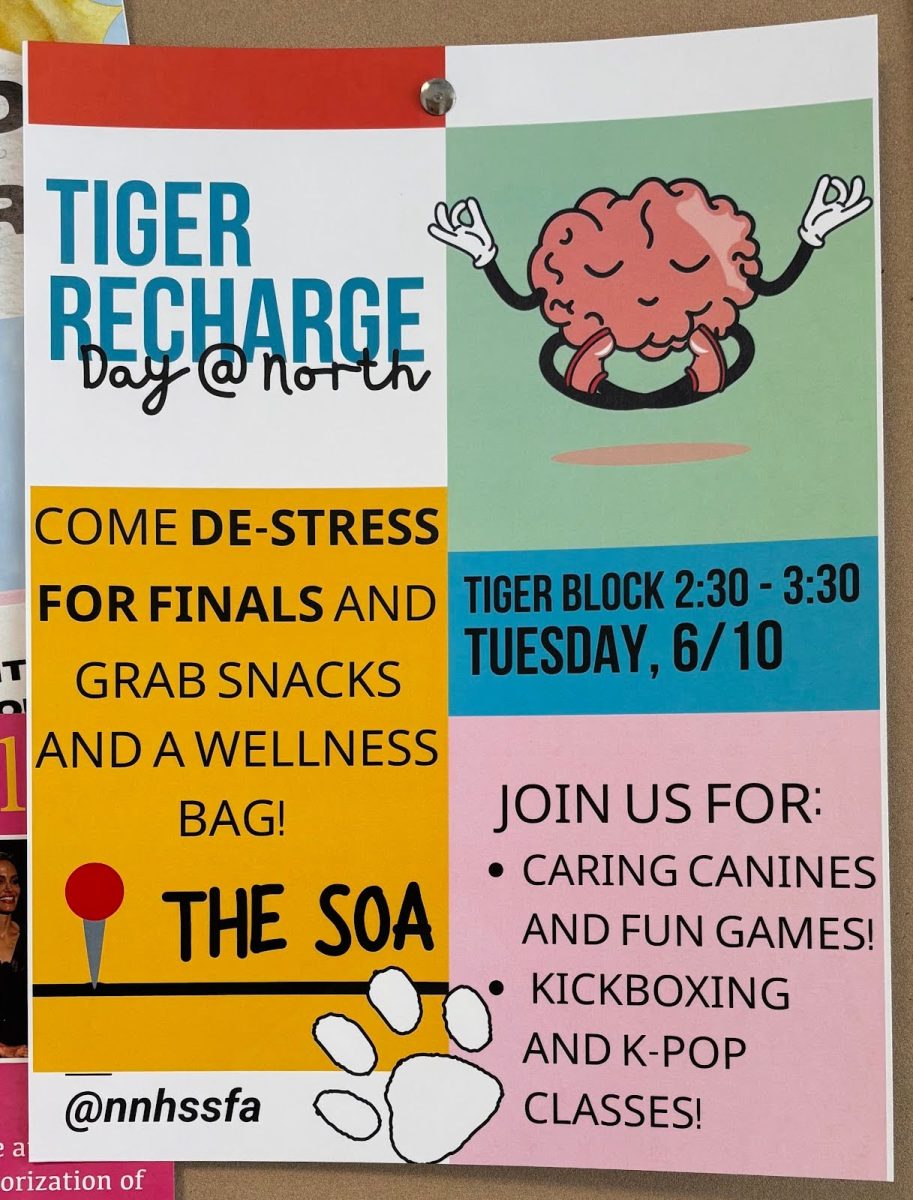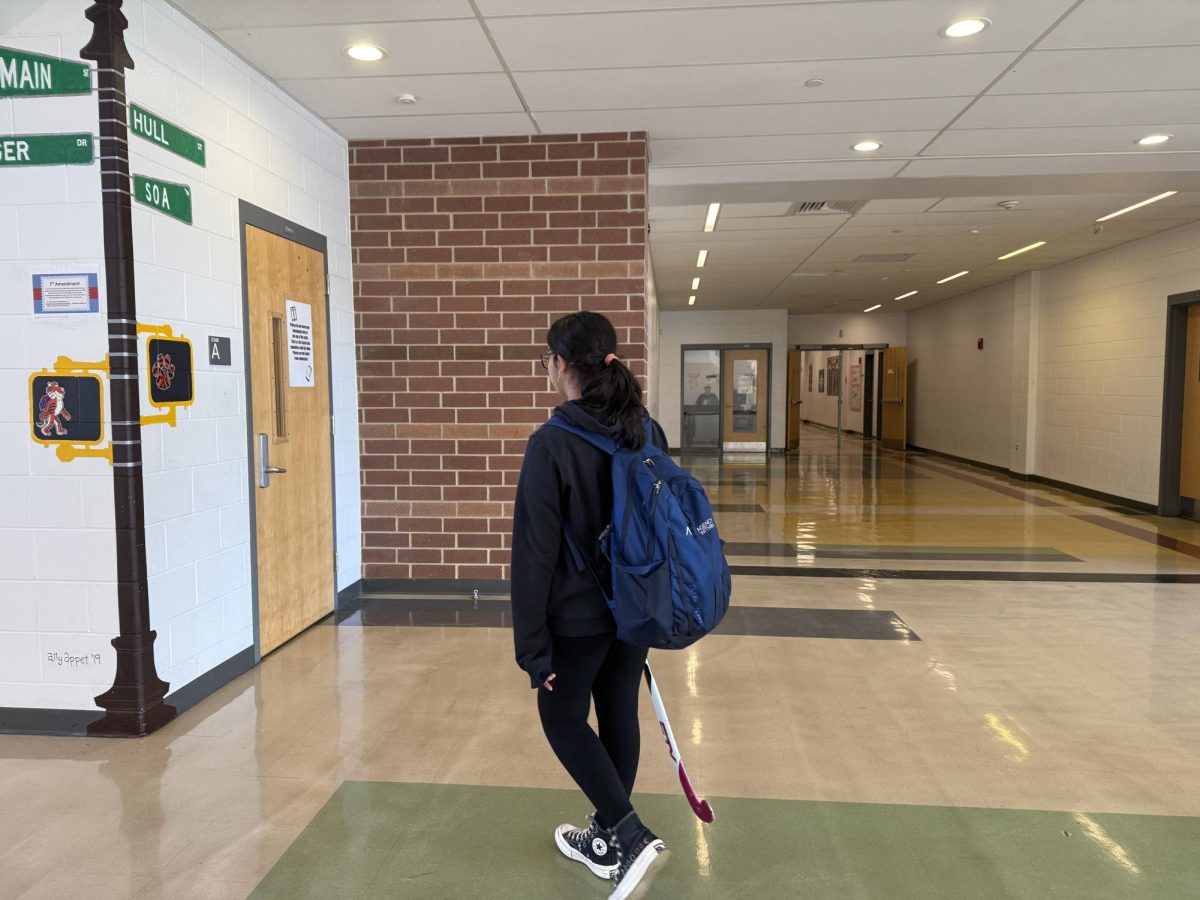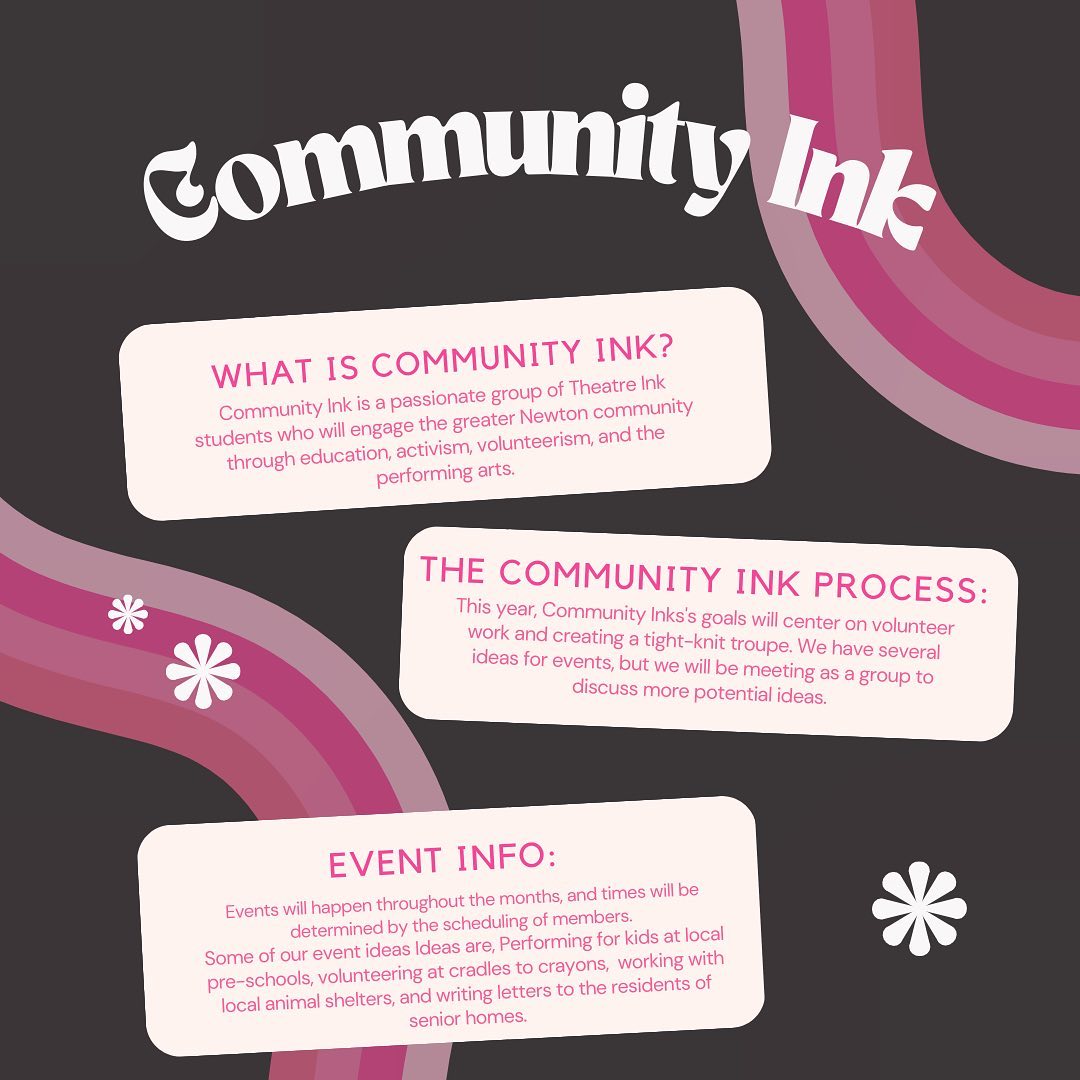by Peter Diamond
When a psychiatric social worker first labelled me an introvert, I had no idea how much power that word would hold in my self-definition. I now have researched introversion (as well as extroversion, its antonym) excessively and have come to realize that those words can articulate aspects of ourselves that sometimes seem too difficult to put into words. I also have come to the conclusion that public schools are far more emotionally taxing for introverts than for extroverts, and that we all need to gain understanding and awareness of these traits to improve conditions for introverts in our school systems.
One of the best explanations of the difference between introverts and extroverts I have ever come across is that introverts are people who prefer to emotionally recharge in solitude, whereas extroverts prefer to do so in the company of others. By that standard, traditional schools are designed exclusively for extroverts. Our daily lives, in and out of school, require life to be a cycle of emotional resurgence, giving us reasons like handouts from family crises to personal conflicts to all-nighters working on the junior thesis. Yet we return to this zoo day after day, and for those of us who identify as introverts, a crowded, hospital-like institution is not the ideal environment for resurgence.
I’m interested in counting the number of human interactions I have in a single school day. Yes, plenty of those interactions are voluntary (being an introvert is different from being unsocial—more on that later), but more often than not, the small-talk with exhausted classmates and occasionally irritable teachers is unnatural and difficult for introverts. The expectation that an introvert can survive throughout each waking school day is high in and of itself, let alone that he or she can academically prosper and successfully separate personal struggles from schoolwork.
However, I’m not going to use this space to criticize the traditional system of schooling for forcing introverts into cramped and overpopulated hallways and classrooms, because an argument that a longstanding system should make drastic changes to accommodate a somewhat abstract trait that approximately 10 to 20 percent would be inconsequential at best. Instead, I am writing to promote awareness of introversion and to make the trait seem more like a gift with side effects than an unbeatable obstacle.
Perhaps many of the setbacks that exist for introverts come from our society’s tendency to oversimplify its views of introversion and extroversion, forming the belief that introverts are quiet wallflowers and extroverts are effusive party animals. However, it’s much more complex than that. In fact, I’ve come to the conclusion that, no matter how well you know somebody, it is difficult if not impossible to make a surefire guess as to whether he or she is an introvert or an extrovert. Sometimes, the guy who’s always in the center of every party needs a solitary walk to recharge, or that girl who’s always reading at lunch requires a large circle of friends to cheer her up during a crisis. Many introverts, myself included, have adapted to the need for mass communication just to get by day to day, but yeah, it’s taxing.
I’ve been reading a lot of literature during the past couple of weeks about a new response to this year’s three suicides of students from this school and South. WBUR published a disagreeable article that’s worth reading that questioned whether the overall rigor of an education in the Newton Public Schools is to be blamed when a student cracks. I’d like to take it a step further. The author, therapist Gonzalo Bacigalupe, oversimplifies the issue by blaming stress rather than mental illness. So let’s take it a step further, and talk about why stress and mental state might be connected.
We’re all in the same boat, and it’s a tough boat to be in. Whether we’re taking five AP courses or in all college prep-level courses, we’re experiencing a difficult workload. All of us, students and faculty, have to be a mass support system in order to ensure that this leviathan of a school is a safe and positive learning environment for all of us, introverts and extroverts alike, and in order to do so, we must recognize such traits in ourselves and in the people around us.
I can recommend a number of resources that can give anyone an understanding of his or her status in terms of extroversion versus introversion, as well as greater appreciation for introverts. I strongly encourage everyone I meet to take the Jung Typology Test, a multiple choice personality evaluation based on the Myers-Briggs Type Indicator that categorizes people in four categories: introvert or extrovert, intuitive or sensory, feelings-oriented or thoughts-oriented, and judgmental or perceptive. Each person’s combination of four characteristics has a unique profile that can give someone insight into how he or she can best be helped and appreciated. I also shamelessly plug the book Quiet: The Power of Introverts in a World That Can’t Stop Talking by Susan Cain, which provides a brilliant evaluation of introversion and how introverts can be appreciated as intuitive, thoughtful, and vibrant.








































